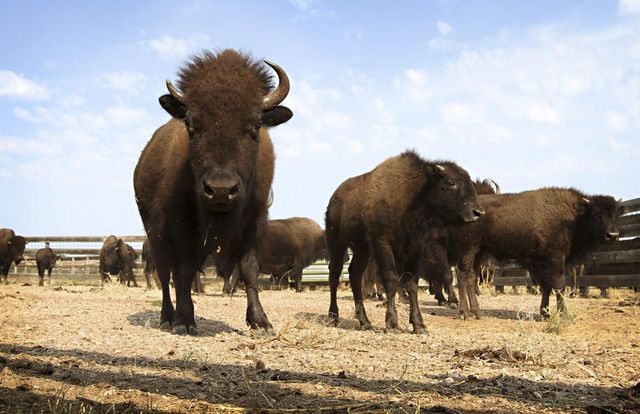by ELISA HAHN / KING 5 News
LYNDEN, Wash. — Her photos are still up on the refrigerator door. Three-year-old “Elle” was Pete and Laura Lupo’s foster child, but she was much more than that to them.
“Every day when I walked through the door she would run to the door and squeeze my leg,” said foster father Pete Lupo.
“She would be just rough and tumble, but then she also like to have her nails painted and she liked pink,” said Laura Lupo, her foster mother.
In December, they say their dream came true. DSHS designated the Lupos to be her adoptive parents. “Elle’s” biological mother lost her parental rights. Her biological father, Scott Vaughn, who was serving time for assault with a deadly weapon, was about to lose his when the Lupos say he enrolled in the Cherokee tribe.
Related: Foster child’s uncle: “We wanted her all along”
It sent into motion a legal nightmare for the family, ending with DSHS removing “Elle” from her home two weeks ago.
“So on June 5, they came and got her. And we haven’t heard anything on how she’s doing,” said Laura Lupo, crying.
DSHS declined to comment stating the confidentiality of child welfare records, but the Lupos’ attorney says the department cited the Indian Child Welfare Act and state law, which says “any adoptive or other permanent placement of an Indian child, preference shall be given to…extended family members” first. A Skagit county court commissioner made the decision final on Tuesday.
“We have offered to enroll her, we have offered to go to Oklahoma, we have offered to meet with tribal members. It didn’t matter, none of it mattered,” said Laura Lupo.
“Elle” was placed with an uncle and aunt who she had met twice as an infant, and had a few arranged visits with in recent months. The Lupos say the heritage that “Elle” should have been taught to honor and cherish was used to rip her from her home and her family.
With tears in his eyes, Pete Lupo remembers saying goodbye to her.
“She gave me a kiss back and she said ‘I love you, Daddy.’ And I had to walk away,” he said.
A KING 5 investigation helped lead to a new state law allowing foster children to have their own attorney to give them a voice over life changing decisions, such as where they will live. The Lupos are hoping that law will help “Elle” get what is best for her. A Facebook page is dedicated to help bring “Elle” home.
















